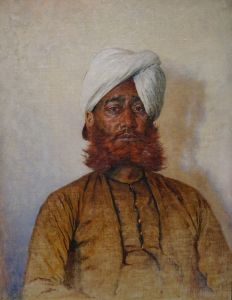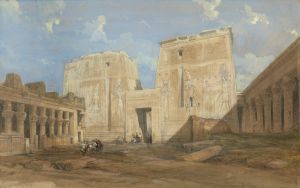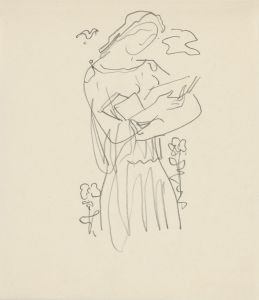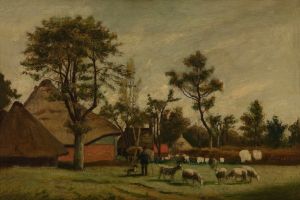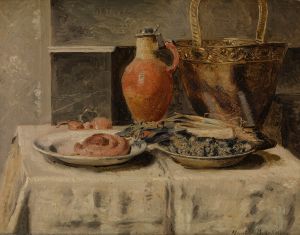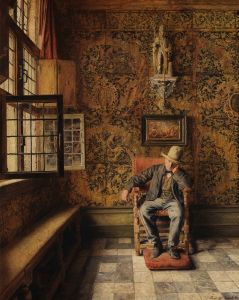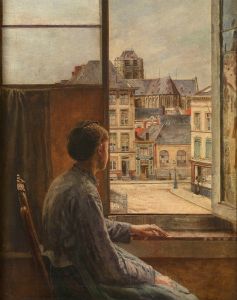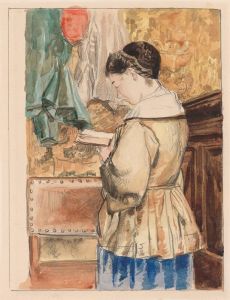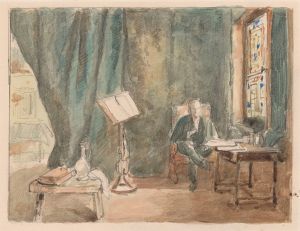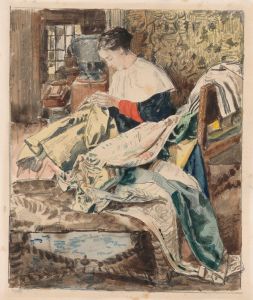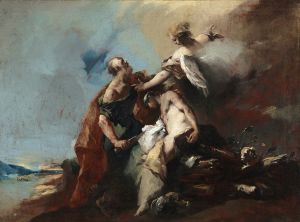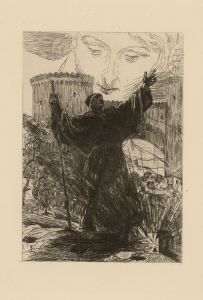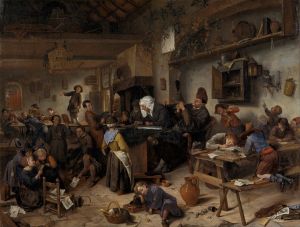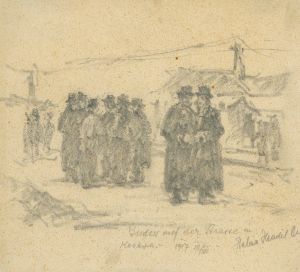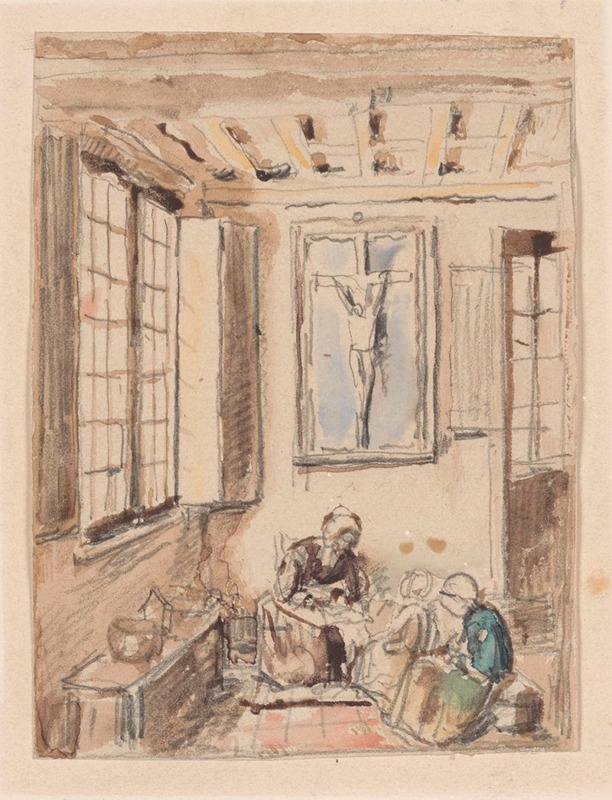
The Catechism Lesson
A hand-painted replica of Henri de Braekeleer’s masterpiece The Catechism Lesson, meticulously crafted by professional artists to capture the true essence of the original. Each piece is created with museum-quality canvas and rare mineral pigments, carefully painted by experienced artists with delicate brushstrokes and rich, layered colors to perfectly recreate the texture of the original artwork. Unlike machine-printed reproductions, this hand-painted version brings the painting to life, infused with the artist’s emotions and skill in every stroke. Whether for personal collection or home decoration, it instantly elevates the artistic atmosphere of any space.
Henri de Braekeleer was a notable Belgian painter known for his detailed and atmospheric genre scenes. One of his works, "The Catechism Lesson," exemplifies his skill in capturing the nuances of everyday life in 19th-century Belgium. De Braekeleer was born in Antwerp in 1840 and was part of a family with a rich artistic heritage. His father, Ferdinand de Braekeleer the Elder, was also a painter, which undoubtedly influenced Henri's development as an artist.
"The Catechism Lesson" is a genre painting, a style that focuses on scenes from everyday life, often imbued with moral or didactic themes. This particular painting depicts a scene that would have been familiar to many during the time: a catechism lesson, which is a form of religious instruction in the Christian faith, typically involving a question-and-answer format to teach the principles of Christianity.
In "The Catechism Lesson," de Braekeleer employs his characteristic attention to detail and mastery of light and shadow to create a vivid and intimate portrayal of the scene. The painting likely features a group of children gathered around a teacher or a priest, engaged in learning about their faith. The setting is probably a modest interior, reflecting the everyday environments that de Braekeleer often chose for his subjects. His use of light would have been instrumental in highlighting the expressions and interactions of the figures, adding depth and emotion to the scene.
De Braekeleer's work is often noted for its psychological depth and the way he captures the quiet dignity of his subjects. In "The Catechism Lesson," this is likely evident in the expressions and postures of the figures, conveying a sense of reverence and attentiveness. The artist's ability to depict the subtleties of human interaction and the serene atmosphere of the setting would have contributed to the painting's impact.
Henri de Braekeleer's paintings, including "The Catechism Lesson," are significant for their contribution to the genre painting tradition in Belgium. His work reflects the cultural and social milieu of his time, offering insights into the daily lives and spiritual practices of 19th-century Belgians. De Braekeleer's paintings are characterized by their meticulous detail, rich textures, and the interplay of light and shadow, all of which serve to create a sense of realism and immediacy.
Throughout his career, de Braekeleer remained committed to depicting scenes of ordinary life, and his work is celebrated for its authenticity and emotional resonance. "The Catechism Lesson" is a testament to his ability to transform a simple moment into a profound artistic statement, capturing the essence of his subjects with sensitivity and precision.
Henri de Braekeleer's legacy as an artist is marked by his contributions to the development of genre painting in Belgium. His works continue to be appreciated for their technical excellence and their ability to convey the quiet beauty of everyday life. "The Catechism Lesson" stands as a representative example of his artistic vision and his dedication to portraying the human experience with honesty and depth.





